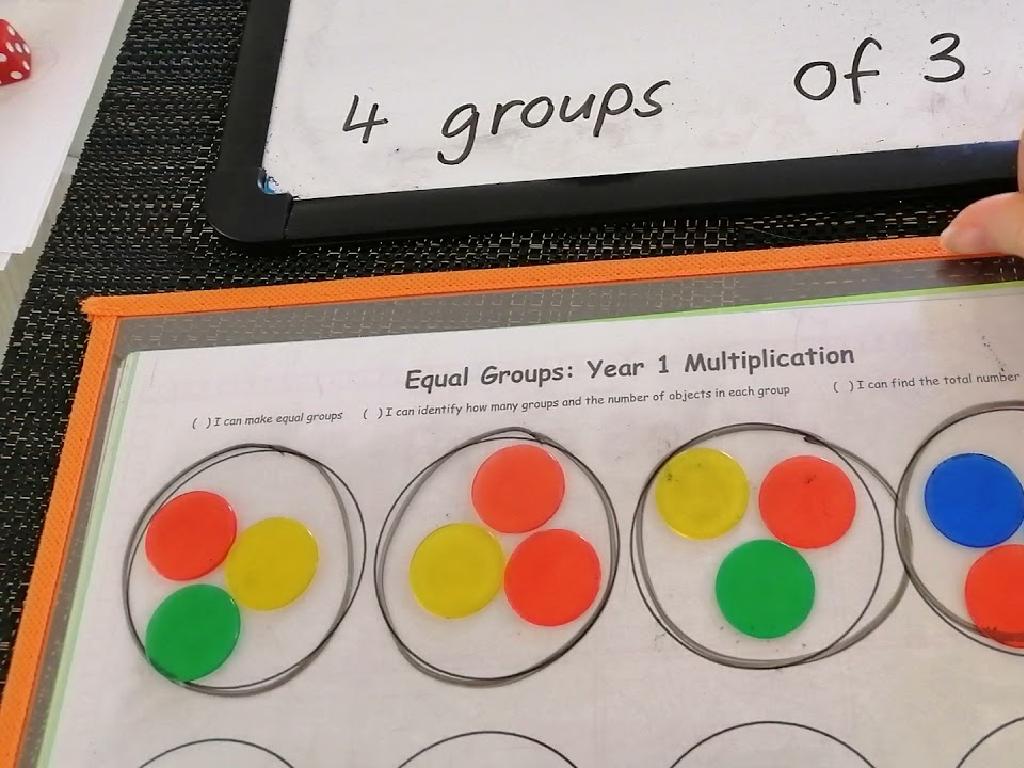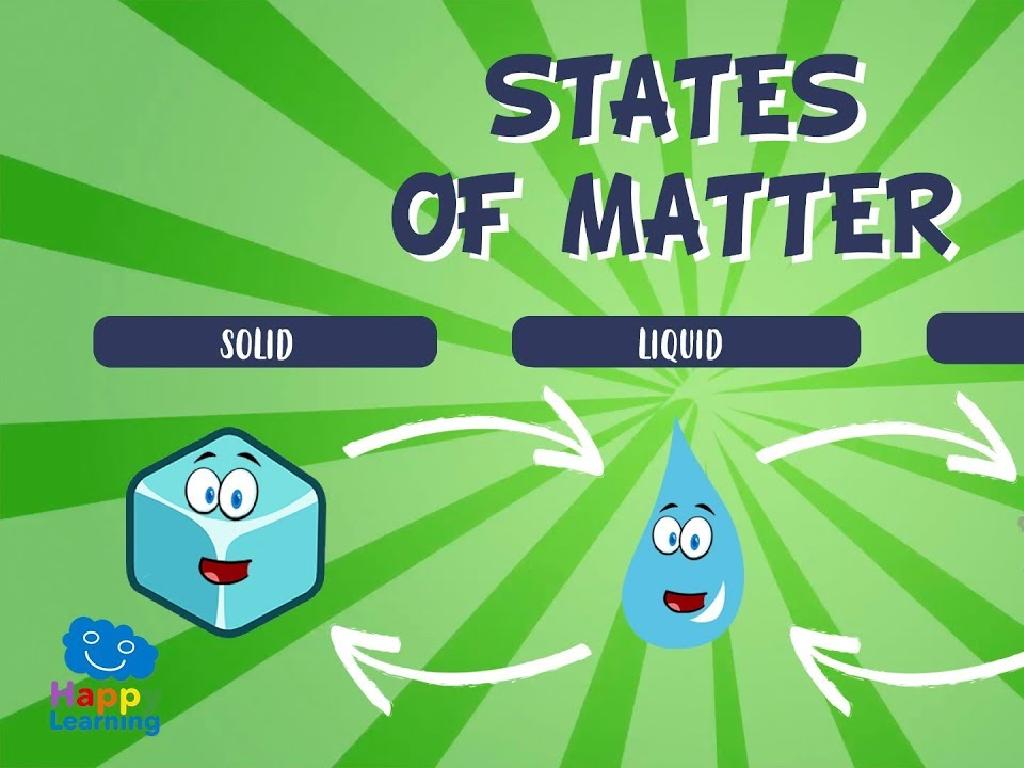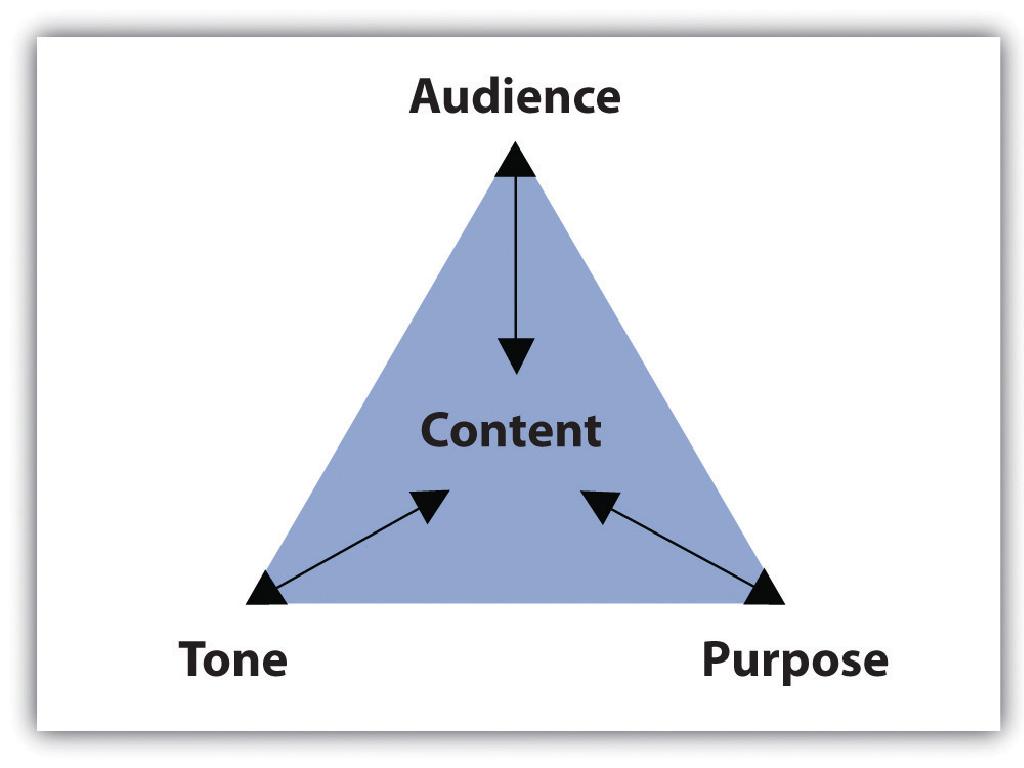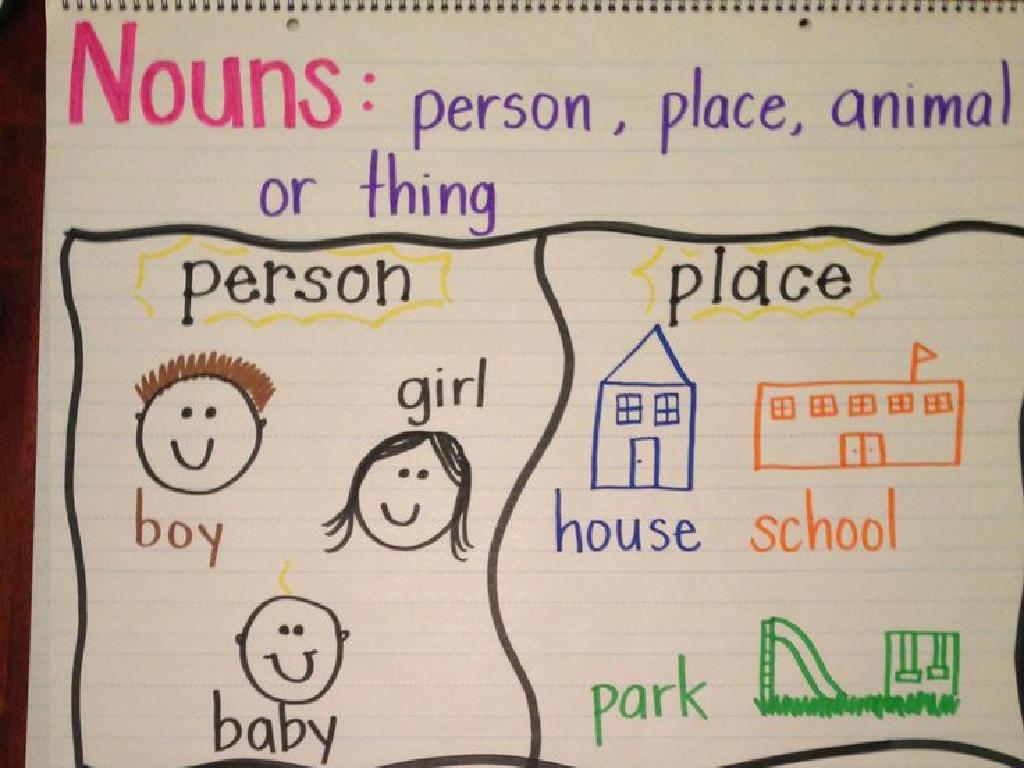Find Equivalent Fractions
Subject: Math
Grade: Third grade
Topic: Equivalent Fractions
Please LOG IN to download the presentation. Access is available to registered users only.
View More Content
Welcome to Equivalent Fractions!
– What is a fraction?
– A fraction represents a part of a whole.
– Meaning of ‘Equivalent’
– ‘Equivalent’ means equal in value or amount.
– Finding equivalent fractions
– Use multiplication to create equal fractions.
– Today’s learning goal
|
This slide introduces the concept of equivalent fractions to third-grade students. Begin by explaining what a fraction is, emphasizing that it represents a part of a whole, such as a piece of a pie. Clarify the term ‘equivalent’ by comparing it to things that are the same, like two identical toys. Teach students that equivalent fractions are different fractions that represent the same amount. Demonstrate how to find equivalent fractions by multiplying the numerator and denominator by the same number. The goal for today’s lesson is for students to understand and find equivalent fractions by the end of the class. Use visual aids like fraction bars or circles to help students visualize the concept.
Understanding Fractions
– A fraction shows part of a whole
– Like a slice of pizza is a part of a whole pizza
– Numerator and denominator explained
– Top number (numerator) is the part you have, bottom number (denominator) is the total parts
– Example: 1/2 as a fraction
– 1/2 means you have one slice out of two equal slices of a pizza
|
Begin the lesson by explaining that a fraction represents a part of a whole, similar to a slice of pizza being a part of an entire pizza. Clarify the terms numerator and denominator, ensuring students understand that the numerator is the number of parts we’re focusing on, and the denominator is the total number of equal parts in the whole. Use visual aids like a drawing of a pizza cut into equal parts to illustrate the concept of 1/2. This foundational understanding will be crucial as students progress to finding equivalent fractions.
Understanding Equivalent Fractions
– What are equivalent fractions?
– Fractions that are equal, even if they look different
– They represent the same value
– No matter how they look, they are equal in value
– Example: 1/2 equals 2/4
– 1/2 is the same as 2/4 because if we divide a shape into 4 parts, 2 of those parts equal the half of the shape
– Different looks, same amount
|
This slide introduces the concept of equivalent fractions to third-grade students. Start by explaining that equivalent fractions are fractions that may look different but represent the same amount or part of a whole. Use visual aids like pie charts or bar models to show that 1/2 is the same as 2/4 by dividing shapes into different numbers of equal parts. Emphasize that even though the numbers are different, the size of the portion they represent is the same. Encourage students to think of other examples and use visual models to demonstrate their understanding. This foundational understanding will help them recognize and generate equivalent fractions in future lessons.
Finding Equivalent Fractions
– Multiply or divide both parts
– Use the same number for top and bottom
– Example: 1/2 becomes 2/4
– 1/2 x 2/2 = 2/4, both fractions are the same size
– Keep fractions equal
– Practice with different numbers
– Try using numbers 3, 4, or 5 to find equivalents
|
This slide introduces the concept of equivalent fractions, which is fundamental in understanding fractions. Start by explaining that multiplying or dividing both the numerator (top number) and the denominator (bottom number) by the same non-zero number will result in an equivalent fraction. Use the example of multiplying 1/2 by 2/2 to get 2/4 to illustrate this concept. Emphasize the rule that whatever operation is done to the numerator must also be done to the denominator to maintain equality. Encourage students to practice with different numbers to find other equivalent fractions, reinforcing their understanding through repetition and variation.
Let’s Practice Together: Equivalent Fractions
– Find an equivalent for 1/3
– Multiply top and bottom by 2
– Doubling numerator and denominator
– 1/3 x 2/2 equals 2/6
– 2/2 is like 1, so the fraction stays the same
– 1/3 is the same as 2/6
|
This slide is an interactive class activity to help students understand the concept of equivalent fractions. Start by explaining that equivalent fractions are different fractions that represent the same value. Show them that by multiplying the numerator (top number) and the denominator (bottom number) by the same number, they can find an equivalent fraction. Use 1/3 as an example and demonstrate multiplying both the numerator and denominator by 2 to get 2/6. Emphasize that 2/2 is equal to 1, so multiplying by 2/2 is like multiplying by 1, which does not change the value of the fraction. Encourage students to try finding other equivalent fractions for 1/3, such as 3/9 or 4/12, by multiplying by 3/3 or 4/4 respectively. This hands-on activity will help solidify their understanding of equivalent fractions.
Visualizing Equivalent Fractions with Shapes
– Use shapes to understand equivalence
– Shapes like circles or rectangles can show fractions
– Color parts to show equal fractions
– If you color 1 out of 2 parts, it’s like coloring 2 out of 4 parts
– 1/2 equals 2/4 and 3/6 in shapes
– See how half of a shape can look different but still be a half
– Recognize same amounts in different forms
|
This slide aims to help students visualize how different fractions can represent the same amount using shapes. By coloring in parts of shapes, students can see that 1/2, 2/4, and 3/6 all show the same proportion of a whole despite having different numbers. It’s crucial to demonstrate this with various shapes to reinforce the concept that the type of shape doesn’t change the fraction’s value. Encourage students to draw their own shapes and color in parts to create equivalent fractions. This hands-on activity will aid in their understanding of the concept of equivalence in fractions.
Your Turn to Find Equivalents!
– Find 3 equivalents for 1/4
– Like 2/8, 3/12, 4/16 are all equal to 1/4
– Use multiplication or division
– Write your fractions down
– Show your work on paper
– Share with the class
– Explain how you found them
|
This slide introduces an interactive class activity where students will apply their understanding of equivalent fractions. The task is to find three different fractions that are equivalent to 1/4 using multiplication or division. Students should be encouraged to use multiplication to create larger equivalent fractions or division to find smaller ones, ensuring they understand that the value of the fraction remains the same. After finding their fractions, they will write them down and prepare to share their answers with the class, explaining the process they used. This activity will help reinforce the concept of equivalent fractions and provide practice in finding them. The teacher should circulate the room to assist students as needed and prepare to highlight a variety of methods used by students during the sharing portion of the activity.
Class Activity: Fraction Bingo!
– Receive your Fraction Bingo card
– Listen for called equivalent fractions
– Mark equivalents on your Bingo card
– Aim for five in a row to win
|
This interactive game is designed to help students recognize and find equivalent fractions in a fun and engaging way. Each student will receive a Bingo card populated with different fractions. As the teacher, you will call out fractions, and students will need to determine if they have an equivalent fraction on their Bingo card. If they do, they should mark it. The goal is to get five marked fractions in a row, either horizontally, vertically, or diagonally. When a student gets Bingo, pause the game to verify their equivalents in front of the class, reinforcing the learning objective. Prepare several rounds of the game with different sets of equivalent fractions to ensure thorough practice. You can also differentiate the activity by providing more challenging fractions for advanced students or offering hints for those who need extra support.
Review: Equivalent Fractions
– Recap on equivalent fractions
– Example of equivalent fractions
– 1/2 is the same as 2/4 or 3/6. Can you think of others?
– Open floor for questions
– Share your thoughts!
|
This slide is meant to conclude the lesson on equivalent fractions. Start by asking the class to summarize what they’ve learned about equivalent fractions to reinforce their understanding. Then, invite a student to provide an example of equivalent fractions, such as 1/2 being the same as 2/4 or 3/6, to demonstrate their grasp of the concept. Open the floor for any questions the students might have, allowing them to clarify any doubts. Finally, encourage them to share any insights or interesting observations they’ve made during the lesson. This interactive review will help solidify their knowledge and ensure they are comfortable with the topic before moving on.
Homework: Finding Equivalent Fractions
– Complete your fraction worksheet
– Find two equivalents for each problem
– If 1/2 is given, 2/4 and 3/6 are also correct
– Note any questions for next class
– Write down anything you find tricky
– Practice makes perfect!
|
This homework assignment is designed to reinforce the concept of equivalent fractions learned in class. Students are expected to complete the worksheet by finding at least two equivalent fractions for each given problem, which will help solidify their understanding through practice. Encourage students to try different multiplication or division strategies to find equivalents. Remind them that it’s okay to have questions and to write them down so they can be addressed in the next class. This will help identify areas where students may need further explanation or assistance.






